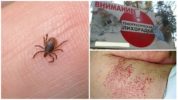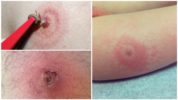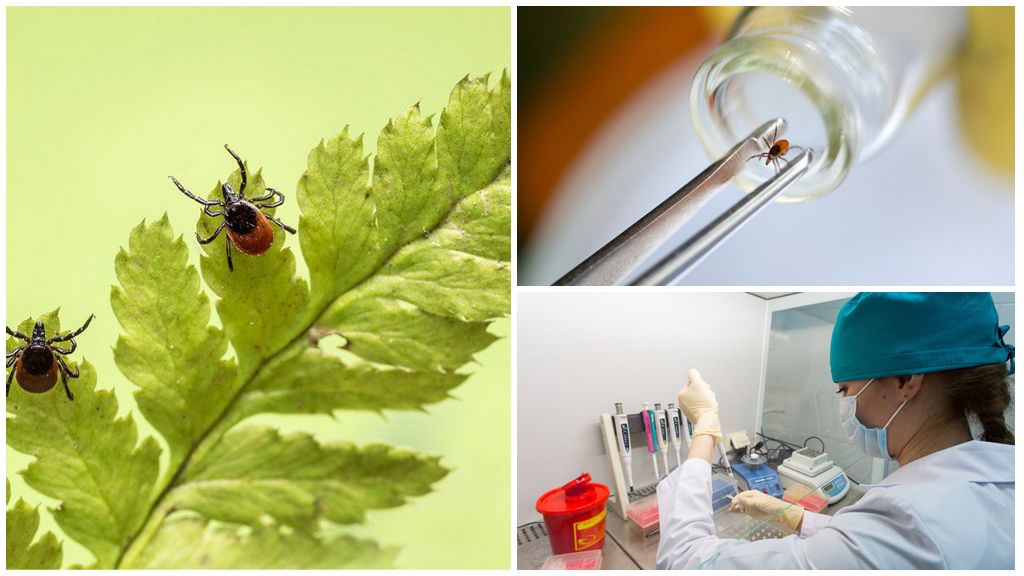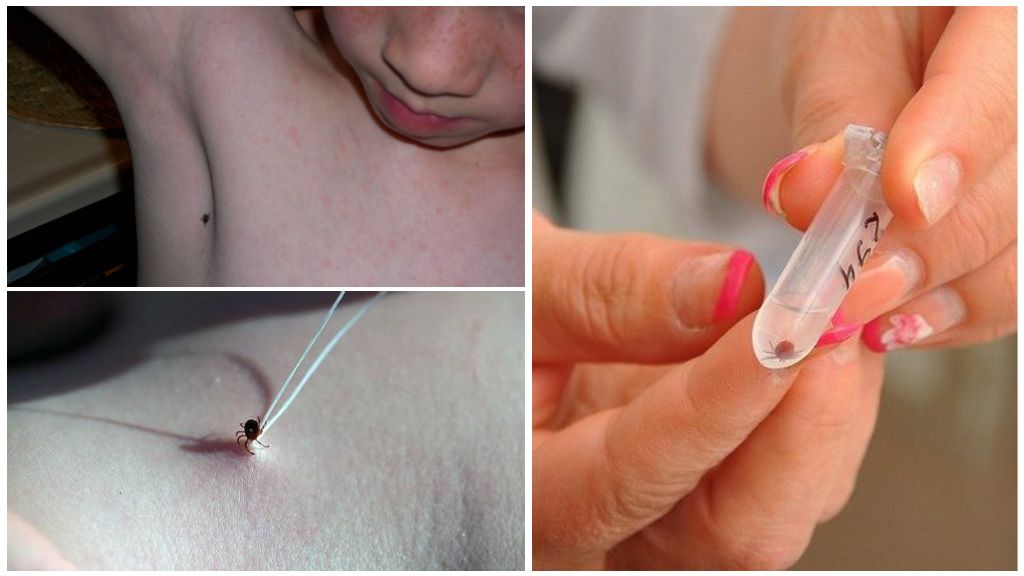- Hemorrhagic fever
- Lyme Tick Disease
Ticks in the Crimea live everywhere. A few years earlier, it was possible to pick up a parasite in a mountain-forest, foothill area, now parasites are found even in urban parks. Of particular interest are the Crimean ticks that live on the peninsula. Refer to iksodovymfeed on blood are carriers of dangerous diseases, among which borreliosis, tick-borne encephalitis.
Ticks in Crimea in 2019
Parasites appear in March, as soon as the air temperature warms up to +15 degrees Celsius. First bites registered in April. Tick activity peak observed in May. This year, in the spring, about 500 cases of bites were recorded, half of the injured children.
In June and July in most of Crimea there are no ticks, but parasites are found in mountainous forests where high humidity remains. They finally disappear in November with a persistent decrease in temperature. To prevent mass distribution ticks local authorities conduct pest controlprivate owners process the plots on their own.
On a note!
Types of ticks in the Crimea that pose a danger to humans belong to ixodidae, lat. Ixodidae. There is Hallowmas marginatus, Dermacentor marginatus, Ixodes ricinus. Natural habitat - forest, field, pasture, terrain near marshy ponds. These types of ticks carry dangerous diseases. In the absence of qualified assistance, the victim may remain disabled or die.
Dangerous tick-borne diseases in Crimea - theoretical and practical information
In 1944, the natural foci of Crimean hemorrhagic fever were discovered in Crimea. The causative agents and carriers of infection were found in the mountain foothill zone - the territory of the Bakhchisaray, Belogorsky, Simferopol, Sudak regions, B. Yalta.
Specialists conducted constant monitoring of the acarological situation, 2 times a year, reviews, forecasts of the number of ixodids were compiled. Laboratory diagnosis of CCHF in the Crimea until 1998 was carried out on the basis of the virological laboratory of the Crimean PES (ticks, mouse rodents, donor blood serum).

The carrier of the infection is the Crimean hemorrhagic tick, carriers - hares, rodents, cattle, small cattle. Infection is transmitted to humans during the suction of the parasite, when raw milk is consumed through the blood of infectious animals.
On a note!
In modern Crimea, there have been no cases of Crimean hemorrhagic fever in the past 20 years.
Encephalitis ticks in Crimea
Only ixodid ticks are dangerous, in the blood of which there is a virus. The carriers of infection are domestic, wild animals, rodents. Tick-borne encephalitis is transmitted when the blood of the parasite enters the human wound during improper extraction, crushing of the parasite.
In natural conditions, ticks live in tall grass, thickets, thickets, on the lower branches of shrubs. When mass reproduction occurs in city parks, squares, gardens, near residential buildings.
The size encephalitis tick in a hungry state no more than 3 mm.In the process of feeding, the chitin cover expands, the abdomen increases to 1-2 cm. A photo of the dangerous parasite is presented below.
On a note!
The first symptoms of tick-borne encephalitis appear on average after 14 days. Remind me of the flu. The disease affects the brain, nervous system, muscles. For disease prevention is used vaccine, within 72 hours after the bite, a human is introduced immunoglobulin.
In Crimea, cases of tick-borne encephalitis have not been recorded in recent years. Vaccination is not carried out. But it is recommended to prevent personal bites from ticks.
Lyme disease in Crimea
Distribute ixodid ticks. Borrelia is in saliva. Human infection occurs during a bite. The longer the tick remains on the body, the higher the likelihood of infection. The incubation period lasts an average of 14 days.
At the place where the tick bit, eczema appears, the size of which reaches 60 cm in diameter. After a few days, the body temperature rises, muscle aches, dizziness, weakness, nausea, vomiting, photophobia, etc.
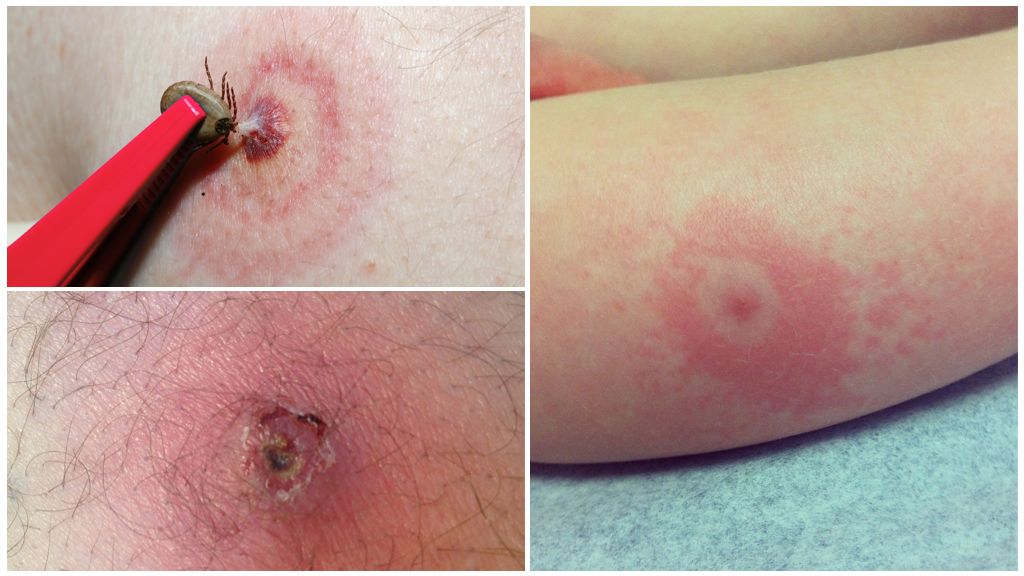
Lyme Disease Treatment carry out antibiotics. There is no prophylactic vaccine. It is impossible to find out by appearance whether a tick is infected or not. Need to send him to the lab at study. In Crimea, in 2018, 1 case of the disease was registered. With timely access to doctors, the disease proceeds without complications.
Where to check a tick in Crimea
You can remove the parasite yourself or seek help from specialists. Help at any emergency room. The tick must be placed in a glass container, a jar, put a damp cotton swab on the bottom. Send to the laboratory the same day.
In Crimea, the research is carried out by the Center for Hygiene and Epidemiology in the Republic of Crimea and Sevastopol. Addresses:
- Simferopol, st. Embankment, 67;
- Feodosia, st. Chkalova, 62;
- Krasnoperekopsk, st. Shevchenko, 2.
The time of receiving the material from 9 to 15. The results are ready within 1-2 days. If you get a positive result, you need to consult a therapist. Prescribe a course of antibiotics, drugs to strengthen the immune system. After 14 days you need blood test.
On the Crimean peninsula, the situation remains stable, not threatening public health. Mass vaccination against tick-borne encephalitis is not carried out, in 2019 it is also not planned. Personal caution is advised during the season of parasite activity.
On a note!
Often bite in Feodosia, Alupka, Sudak, Gurzuf, Yalta, Alushta, Simferopol, Belogorsk, Bakhchisarai, Kirov regions, Sevastopol.
If it becomes necessary to be vaccinated against tick-borne encephalitis, you should contact your local clinic. The vaccine will have to be bought because it is not delivered for budget funds. Drugs are purchased by private pharmacies. Information about the availability of vaccines in the village can be found in the clinic or via the Internet. There are no vaccinations against borreliosis. The main Remedies - clothes, repellents.
